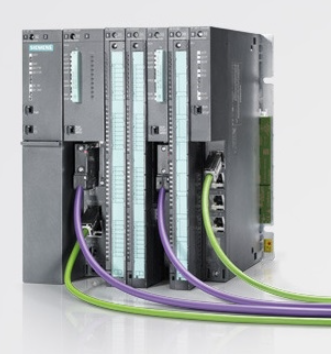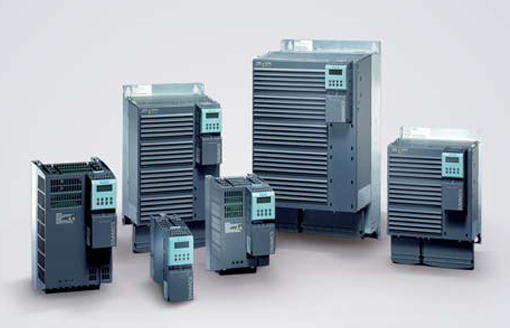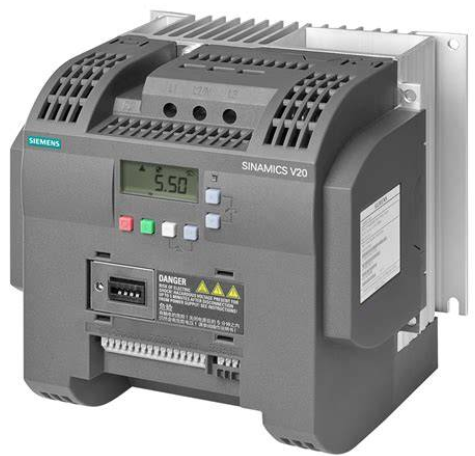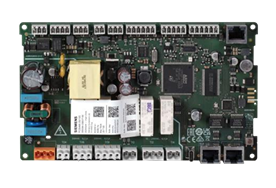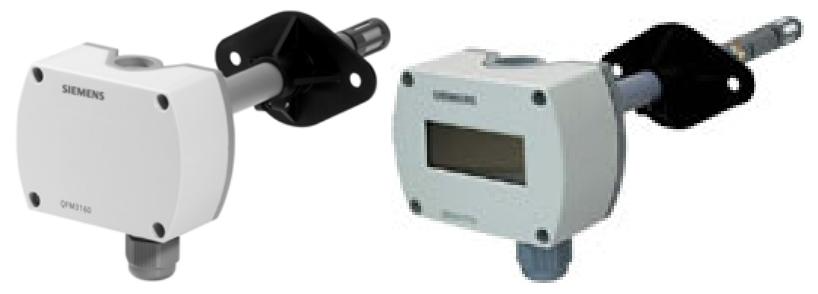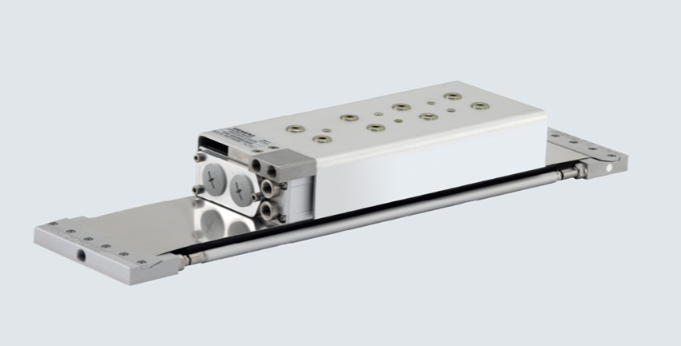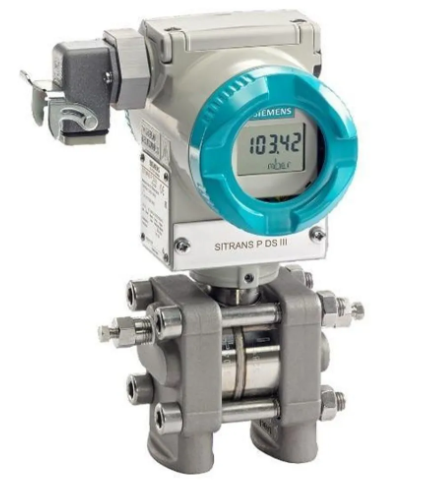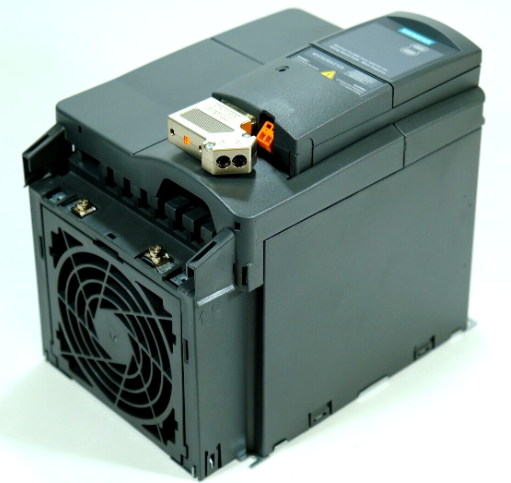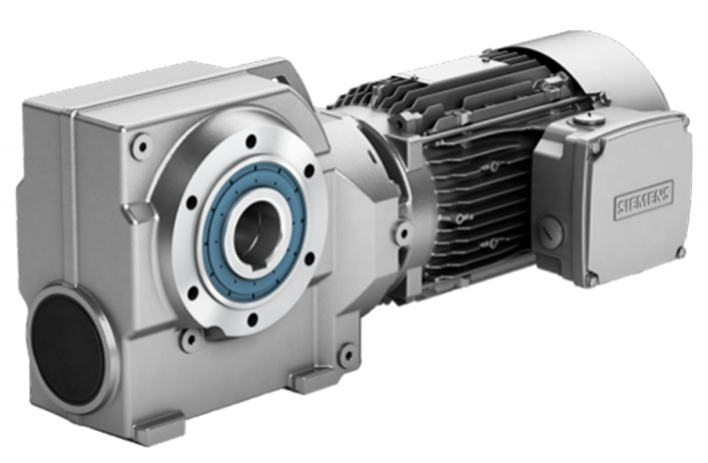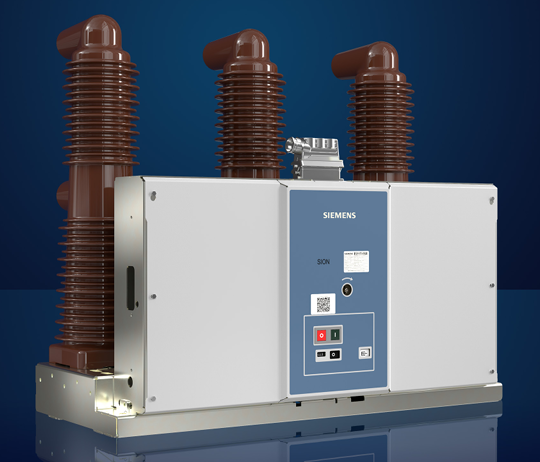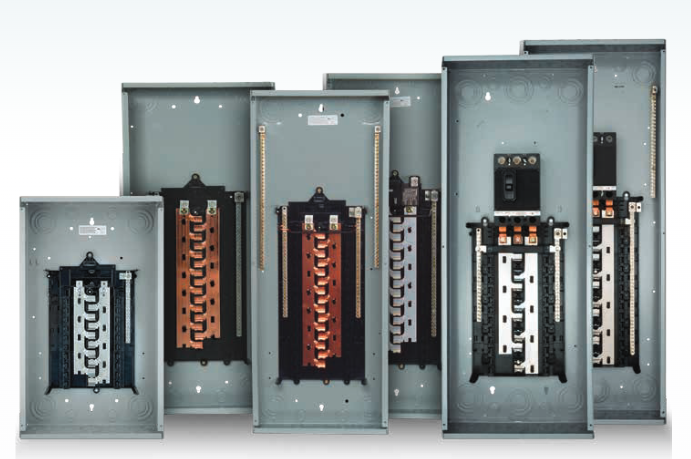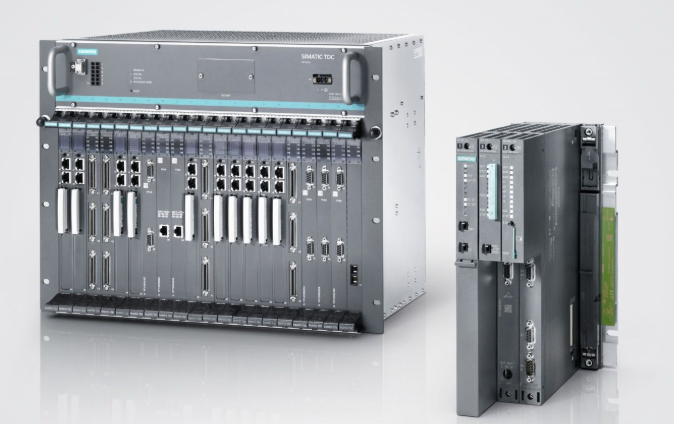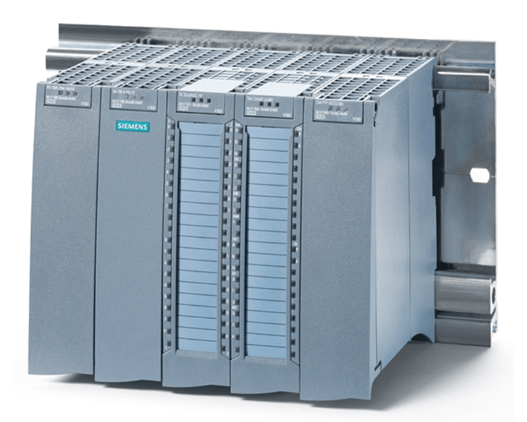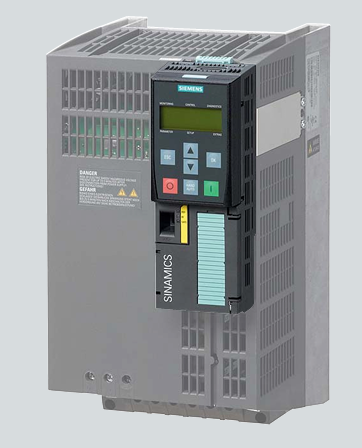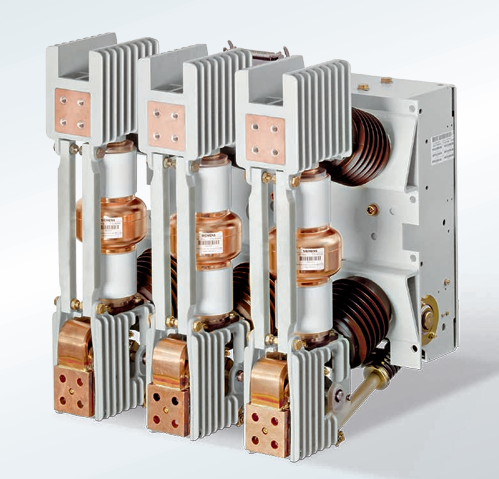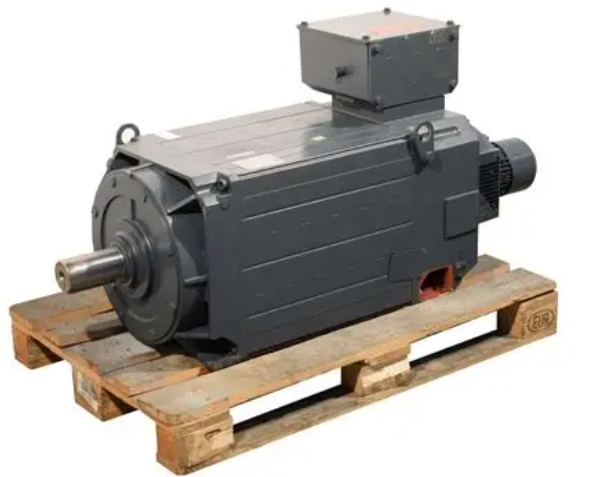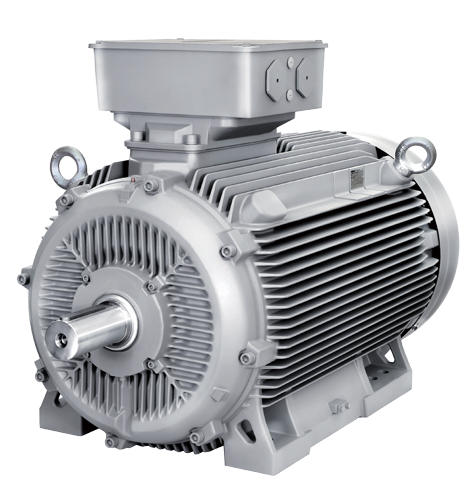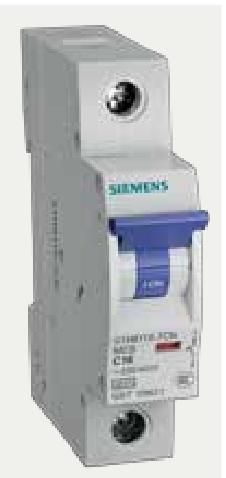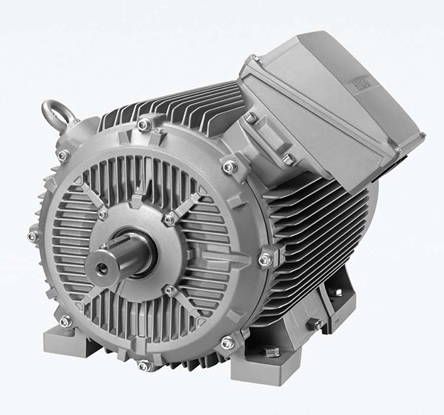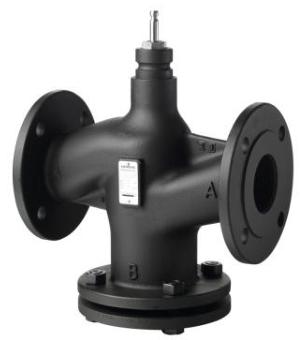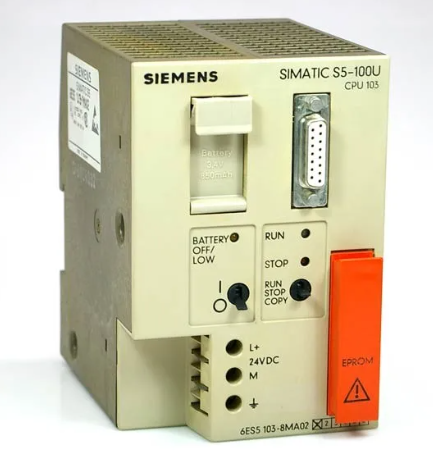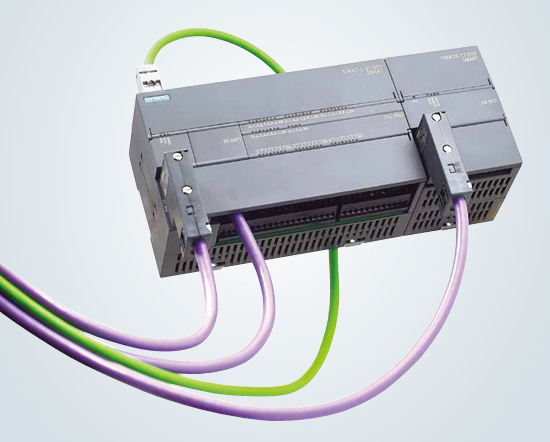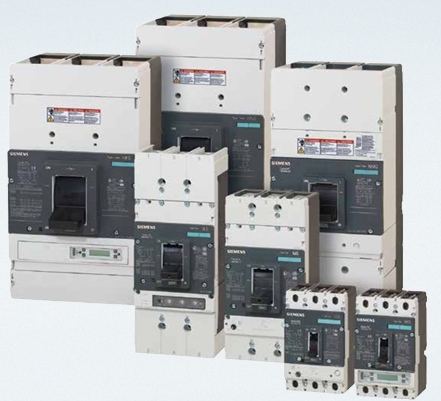FOXBORO P0800CE is an industrial grade high-end multi-core control module, positioned as the "central computing node" of large-scale distributed control systems (DCS). Its main functions include receiving massive real-time data uploaded by distributed I/O units (such as FBM242, FBM243), performing multivariable coupling operations, constraint control, and optimization decisions through the built-in advanced control algorithm engine, generating precise control instructions and issuing them to the executing agencies, while achieving high-speed collaborative communication with other control modules, operator stations, and third-party systems within the system. This module is equipped with a quad core industrial grade high-performance processor, coupled with FOXBORO's independently developed next-generation real-time operating system (RTOS), with control response latency as low as microseconds, and can simultaneously process thousands of signals and complex control loops. It adopts a fully redundant hardware design, covering key links such as power supply, processor, communication bus, etc., coupled with a perfect fault self diagnosis and seamless switching mechanism, to ensure that the system can continue to operate continuously in extreme situations, providing core guarantees for the safe and stable production of large industrial facilities.
FOXBORO P0800CE control module
Basic overview of module
FOXBORO P0800CE is an industrial grade high-end multi-core control module, positioned as the "central computing node" of large-scale distributed control systems (DCS). Its main functions include receiving massive real-time data uploaded by distributed I/O units (such as FBM242, FBM243), performing multivariable coupling operations, constraint control, and optimization decisions through the built-in advanced control algorithm engine, generating precise control instructions and issuing them to the executing agencies, while achieving high-speed collaborative communication with other control modules, operator stations, and third-party systems within the system. This module is equipped with a quad core industrial grade high-performance processor, coupled with FOXBORO's independently developed next-generation real-time operating system (RTOS), with control response latency as low as microseconds, and can simultaneously process thousands of signals and complex control loops. It adopts a fully redundant hardware design, covering key links such as power supply, processor, communication bus, etc., coupled with a perfect fault self diagnosis and seamless switching mechanism, to ensure that the system can continue to operate continuously in extreme situations, providing core guarantees for the safe and stable production of large industrial facilities.
Key technical parameters
Core processor
Four core Intel Xeon D industrial grade processor, with a clock speed of 2.0GHz
storage capacity
4GB high-speed cache, 16GB flash memory (supports expansion to 64GB)
operating system
FOXBORO Next Generation Real Time Operating System (RTOS)
Control cycle
500 μ s~1s (software continuously adjustable)
Signal processing capability
Maximum 3000 analog signals, 5000 switch signals
Support control algorithms
PID、 Cascade PID, feedforward feedback MPC、 Fuzzy control, etc
communication interface
Gigabit Ethernet x 4, Node Bus redundant interface x 2, RS485 x 4, PROFINET x 2
Supported Protocols
Modbus RTU/TCP,PROFINET,EtherNet/IP,Node Bus,OPC UA,PTP 1588 v2
redundant function
Power redundancy, processor thermal redundancy, communication bus redundancy, switching time ≤ 20ms
power supply
24V DC dual input (± 15%), typical power consumption ≤ 35W, maximum power consumption ≤ 50W
Working environment temperature
-40℃~75℃
relative humidity
5%~95% (no condensation)
Protection level
IP20, Support installation of 19 inch standard cabinets
Dimensions (length x width x height)
220mm × 160mm × 250mm (typical value, subject to actual product)
Anti-interference performance
Electromagnetic shielding effectiveness ≥ 100dB, surge withstand ± 4kV, electrostatic protection ± 15kV
MTBF
≥ 400000 hours
Applicable scenarios and supporting applications
The P0800CE control module, with its multi-core computing capability, fully redundant design, and high-speed communication characteristics, is widely used in large-scale industrial automation control systems. The core applicable scenarios and supporting equipment include:
1. Large scale petrochemical plant: equipped with FOXBORO FBM242 analog I/O module and P0400ZG node bus module, used for multivariable coupling control of ethylene cracking furnace and catalytic cracking unit, optimized production process through MPC algorithm, redundant configuration ensures continuous production, suitable for large-scale projects such as 10 million ton refining and 1 million ton ethylene.
2. Main control system of thermal power plant: Cooperate with P0400GH redundant power module and FBM243 switch I/O module to achieve boiler combustion control, turbine speed regulation, and coordinated control (CCS) of 300MW and above units. Through high-speed communication interface, ensure the coordinated action of main and auxiliary systems and improve power generation efficiency.
3. Control of nuclear power auxiliary systems: In the conventional island and nuclear island auxiliary systems of nuclear power, radiation monitoring sensors and safety actuators are connected. Through fully redundant design and fault prediction functions, the safety control of cooling systems and water supply systems is achieved, meeting the strict reliability and safety requirements of the nuclear power industry.
4. Intermittent production control in fine chemicals: Equipped with batch control modules and weighing sensors, it is used for intermittent production control of pharmaceutical intermediates and specialty chemicals. Through flexible configuration functions, it enables rapid switching of multiple batch production processes and supports full process traceability of production data.
5. Large metallurgical joint ventures: In the entire process of coking, sintering, ironmaking, and steelmaking in steel joint ventures, high-temperature sensors, hydraulic actuators, and P0500RY terminal cable components are connected to achieve collaborative control of each process, ensuring real-time sharing and scheduling of production data through high-speed communication networks.
6. Urban centralized heating/gas supply network control: Connect the network monitoring nodes with the urban energy management platform through OPC UA protocol to achieve centralized control and optimized scheduling of pressure, flow, and temperature in the heating/gas supply network, reducing energy loss.
Key points of installation and operation and maintenance
1. Installation specifications
-The module should be installed in a 19 inch cabinet that complies with IEC standards. The cabinet should be equipped with precision air conditioning or industrial air conditioning to ensure that the temperature inside the cabinet is controlled between 15 ℃~40 ℃ and the relative humidity is ≤ 70%; The distance between modules should be ≥ 20cm, and the distance between modules should be ≥ 15cm, avoiding close proximity to heating devices such as power modules.
-When configuring redundancy, the main and backup modules need to be connected through dedicated redundant cables (cable length ≤ 10m), and the redundant communication bus should be wired separately to avoid parallel laying with other cables; The dual power supply needs to be separately connected to independent UPS power sources to ensure that there is no risk of associated faults between the main and backup power sources.
-Communication cables should use shielded twisted pair or fiber optic cables, Ethernet interfaces should use shielded RJ45 connectors, and Node Bus interfaces should use dedicated shielded cables; When wiring, analog cables and digital cables need to be laid separately, with a parallel spacing of ≥ 1m and a cross spacing of ≥ 30cm with high-voltage cables (AC 1kV or above).
-The module grounding needs to use independent protective grounding and signal grounding, with a protective grounding resistance of ≤ 1 Ω, a signal grounding resistance of ≤ 0.5 Ω, and a grounding cable cross-sectional area of ≥ 6mm ² to ensure reliable connection between the shielding layer and the grounding system and improve anti-interference performance.
2. Operation and maintenance testing
-Daily operation and maintenance monitor the real-time running status of modules through the FOXBORO System Monitor system, focusing on CPU usage (normally ≤ 75%), memory usage (normally ≤ 65%), redundant link synchronization status, and power supply voltage. When parameters are abnormal, timely warnings are triggered and dealt with.
-Conduct a monthly on-site inspection: check the status of the module panel indicator lights (the green light of the main module is always on during normal operation, and the yellow light of the backup module is always on), use an infrared thermometer to detect the surface temperature of the module (should be ≤ 65 ℃), tighten the wiring terminals of the power and communication cables, and control the torque at 2.5N · m.
-Perform a redundancy switch test and firmware upgrade every six months: manually trigger the switch between the primary and backup modules to verify the smoothness and data integrity of the switching process; Download the latest official firmware through Ethernet. Before upgrading, it is necessary to fully backup the control logic, parameter configuration, and historical data. During the upgrade process, it is prohibited to interrupt power supply and communication.
-When troubleshooting, priority should be given to viewing the fault logs through the System Monitor system and locating the fault type based on the module LED indicator lights; For hardware failures, it is necessary to replace the module with the same model and firmware version, and perform redundancy synchronization and functional verification after replacement to ensure full compatibility with the original system.
3. Safety precautions
When the module is running with power on, it is forbidden to plug or unplug any interface cables and expansion modules to avoid arc damage to core components; When modifying control logic or key parameters, it is necessary to enable a two person authorization mechanism (operator application+administrator approval) and perform offline simulation verification; When used in explosive hazardous areas, it is necessary to cooperate with explosion-proof cabinets and explosion-proof junction boxes to ensure compliance with the explosion-proof level requirements of the area (such as Ex d IIB T5).
Product advantages
-Top computing performance: quad core Xeon D processor and dedicated algorithm acceleration unit, supporting large-scale signal processing and complex MPC algorithms, meeting the control requirements of large industrial devices.
-Ultimate reliability: Full dimensional redundancy design and fault prediction function, MTBF up to 400000 hours, suitable for continuous production scenarios in key industries such as nuclear power and petrochemicals.
-Strong communication capability: multi protocol compatibility and high-speed redundant communication interface, supporting standardized interconnection with heterogeneous systems, achieving full link data connectivity from the control layer to the monitoring layer to the management layer.
-High degree of engineering: industry-specific functional block libraries and template based configurations greatly improve the development and debugging efficiency of large-scale systems, reducing engineering costs.
-Low operation and maintenance costs: Intelligent diagnosis and predictive maintenance functions shorten troubleshooting time by 80% and reduce unplanned downtime losses.
-Excellent scalability: Supports compatibility with FOXBORO's full range of I/O modules, communication modules, and terminal components, making it easy for the system to expand and upgrade in stages.

- User name Member Level Quantity Specification Purchase Date
- Satisfaction :
-









Email:wang@kongjiangauto.com




